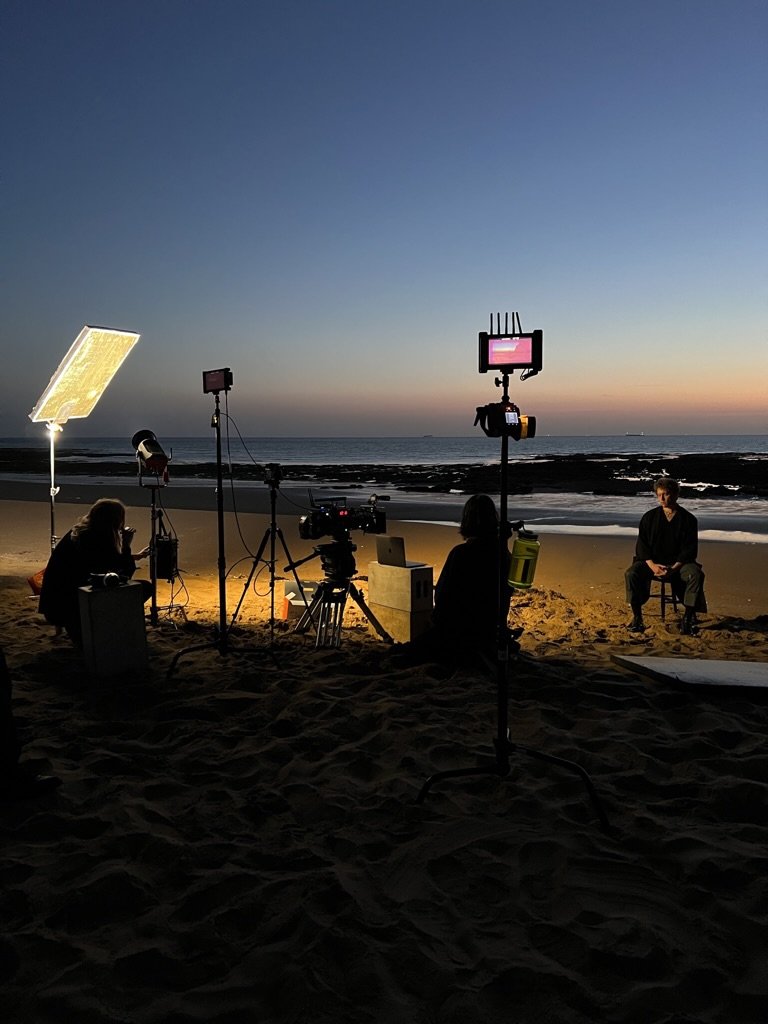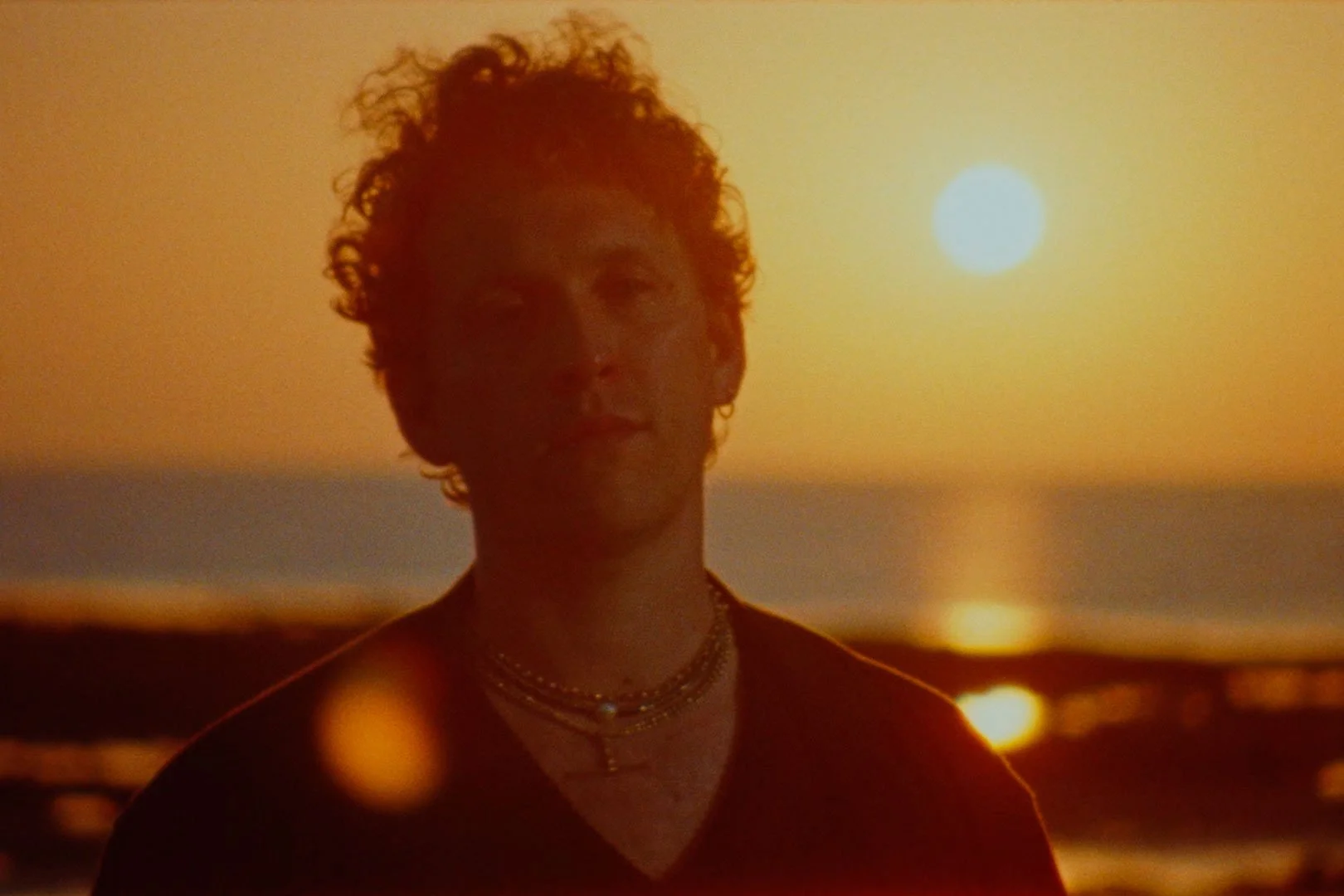The Love I Give - Sunrise time lapse music video
Director Nano Clow and DP Natasha Duursma challenged themselves to a particularly tricky one-take music video shoot. The idea was to shoot a time lapse with the camera taking an exposure once a second during sunrise. Shooting 16mm film on an ARRI 416 camera, one of the challenges was to maintain a constant exposure during the extreme light change at sunrise.
Watch music video
Camera rental house Emmyland got in touch with us for a last-minute rental of our VariND and we caught up with DP Natasha Duursma after her shoot to find out how she was able to pull off the shot.
"I used the whole range of the variable ND filter from the minimum ND.4 to ND2.9. This was to balance the light shooting on an ARRI 416 on Kodak 250D from dark to sunrise in camera. I was lucky enough that the maximum ND value is the exact exposure we needed when the sun was at its hottest point.
I used my Fujifilm x100v stills camera to test the exposure by calculating the stops I needed using the shutter on the camera, essentially aiding my light meter by viewing an image, which was important because of the high contrast levels shooting into the sun as it rose and making sure the artist in front of the sun was not too underexposed in the shadows.
The initial light loss of the VariND was a bit of an issue at dark but the light we had was just about punchy enough powered by the battery block to give us exposure on his face. As the sun rose, the background gave us the exposure we needed. Shooting 1fps also meant I had gained four stops of light compared to 25fps.
I set the T-stop at 2.8 on the zoom lens and I always exposed for this, so I could vary my exposure via ND smoothly rather than via iris or any other changes.
We manually controlled the VariND filter with a cmotion cPro hand unit and in order to decide when to adjust the ND value I kept an eye on my Fujifilm stills camera until I saw that it was getting too bright. I then used the knob on the hand unit to gradually shift the ND a stop over the course of a few minutes until I was happy we were at the correct exposure again. That worked well, however you can see the exposure shifts now and then in the middle section where I would slowly shift the hand unit every three minutes or so. It's very tricky to pull the VariND over the course of three hours and if I were to do it again I think I would have recced the sunrise and measured the exposure of the sun from dark to light at the time and wrote down the gains of stops every three minutes or so to graph out the exposure increase, meaning that instead of slowly adjusting the hand unit every so often it would be a constant and slower shift, which would make more accurate exposure change steps and would look smoother.
Also, I was multi-tasking with the one light we had and gradually dialling in the intensity of that while changing its position as the sun rose, so could have needed a couple more hands. On the other hand this does require a lot more time and budget and since it was quite a last-minute job I think we did what we could with the resources and crew size we had. Doing things manually is always more fun and has that raw creativity to it, especially on 16mm!
I would also have liked to do some tests with the flares and tried to flag the sun off the camera a bit better but with no Gaffer on the job we did what we could. I think the flares lend a nice character, especially the movement of them across screen.
I really apprecaited the ND reading on the OLED screen of the VariND itself inside the matte box, so when you are operating and the focus puller has the hand unit, you know exactly where you are at. It's an accurate reading and you know you won’t go wrong compared to a manual ND label.
I look forward to using the Cinefade VariND again, it's a quick way of changing ND when shooting film and digital, especially when outside and your exposure is constantly shifting in sunny/cloudy England. I also love how you can be between stops of ND increments. I would be excited to try the Cinefade variable depth of field feature as well as the VariND one day.
- Natasha Duursma (edited for clarity)
Find out more about the Cinefade VariND, its various features and applications and where to hire a system at www.cinefade.com.





